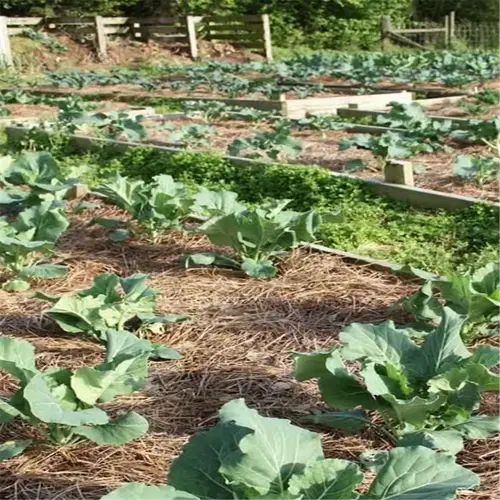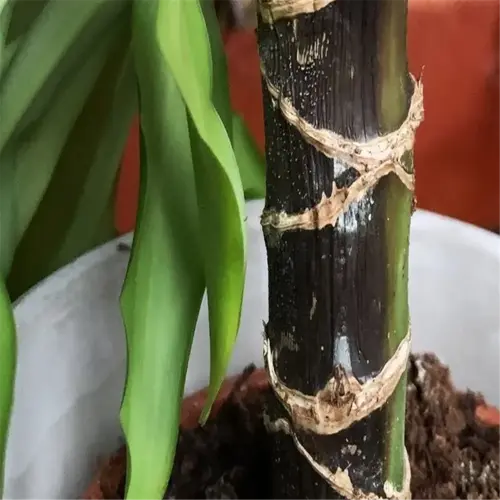What are the essential pruning guidelines?

Written by
Nguyen Minh
Reviewed by
Prof. Charles Hartman, Ph.D.Implementing effective pruning strategies hinges on proper, sanitized tools and timing. I killed three plum trees early in my practice with dirty shears, so now I routinely put my pruners in a 10% bleach solution between cuts. Always use the 30% canopy rule. The more I remove, the more stressed the tree becomes in its root system.
Safety First
- Disinfect tools after each tree
- Wear gloves to prevent sap allergies
- Secure ladders on uneven terrain
Canopy Management
- Remove deadwood before live branches
- Limit cuts to 30% of foliage
- Preserve central leader in young trees
Cut Precision
- Angle blades at 45° above collars
- Use bypass pruners for clean slices
- Avoid leaving stubs over 1cm (0.4 inches)
Make adjustments to your region's practices. In humid locations, I prune stone fruits (peaches, apricots, cherries) in July to avoid bacterial ooze. In arid, dry places, winter cuts will suffice. I have a client who grows figs in Arizona, he prunes in February, knowing that the cuts will heal before the hot summer, 38°C/100°F heat they face.
Small Branches
- Bypass pruners under 2cm (0.8 inches)
- Anvil types for deadwood
- Sharpening frequency: Every 5 hours
Medium Limbs
- Loppers for 2-4cm (0.8-1.6 inches)
- Ratchet mechanism saves effort
- Replace blades at 50% wear
Large Limbs
- Curved saws over 4cm (1.6 inches)
- Three-point cut method
- Disinfect after diseased wood
A lesson learned about tool upkeep is one learned the hard way. After I let my pruner become dull and split the bark on a pear tree, I had fire blight. I now carry diamond sharpeners to maintain pruner and test to see how sharp they are by cutting through paper towels. According to my records in the orchard, clean cuts heal at 60 percent the speed of ragged cuts.
Read the full article: How to Prune Fruit Trees: A Step-by-Step Guide

